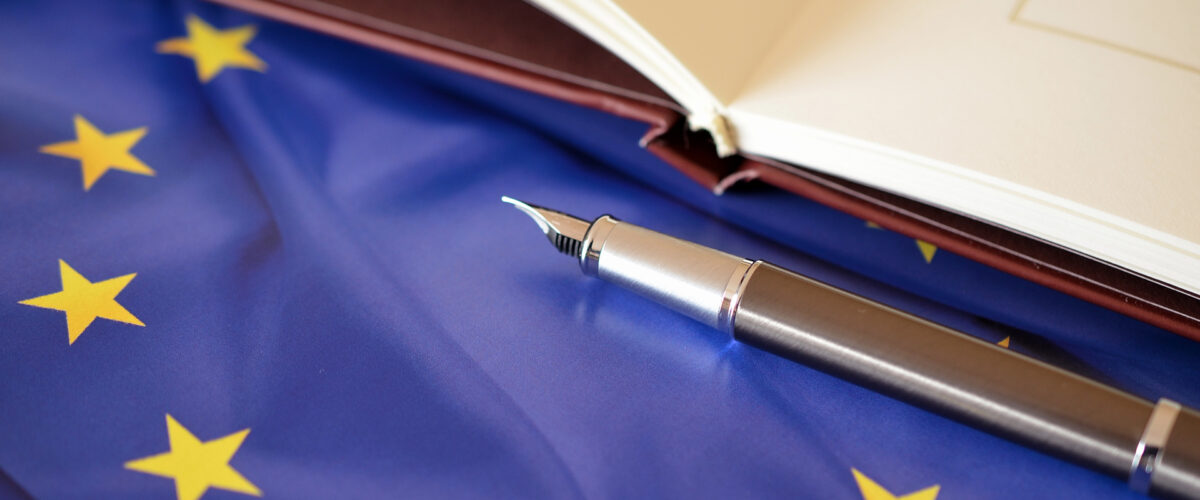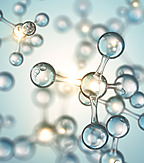article / 17 May 2015
New regulation on novel food – what will we be eating in ten years?

Will EU citizens eat more future food with the introduction of the new Regulation(1) on novel food? The aim is to offer us a broader choice of food and make it easier for businesses to bring new food to the EU market while maintaining a high level of food safety.
Novel food is defined as any food that was not used for human consumption to a significant degree within the EU before 15 May 1997 (when the first Regulation was adopted). Novel food can be newly developed, innovative food or food produced using new technologies and production processes as well as food traditionally eaten outside the EU. Some examples of authorised novel foods are UV-treated yeast, dairy products with added phytosterols (which help in reducing cholesterol), less sticky gum (which reduce stains on streets and blocked public drains), coriander seed oil and noni juice (an exotic fruit juice). There has been some legal uncertainty concerning insects and whether they are subject to the regulatory framework of novel food. However, insects are explicitly covered by the new Regulation.
The new Regulation replaces the 1997 Regulation and will become fully applicable from 1 January 2018. The most important changes are centralisation of the approval procedure, a simplified approval route for traditional food from third countries, a Union list of approved novel foods and the possibility of data protection for a period of five years.
The approval process for novel food is expensive, complicated and time-consuming, because the application is first made to a single EU member state and then, if accepted, circulated to all the EU member states for possible comment. These procedures impose heavy burdens on manufacturers, and the application process usually takes three years, or up to ten years in extreme cases.(2) In addition, each application is limited to a specific company and food. In contrast, granted authorisations according to the new Regulation will be valid in all EU member states. This procedure will avoid repeated applications by different companies based on the same type of novel food. Furthermore, there is an intention to reduce the current average length of the application process. Under the new Regulation, all applications will be reviewed and granted by the European Commission, hopefully enabling a simplified and faster authorisation process.
In addition, food defined as novel food in the EU, while considered traditional food in a third country, will be easier to trade from that third country. This is possible if there is a history of safe use of that food in the third country and the food has been considered as customary food by a substantial part of the population for at least 25 years.
This facilitated pathway for traditional food in third countries could cover insects, which are widely consumed around the world as a regular part of people’s diet. The use of insects has been considered to bring important benefits from an environmental, economic and food security perspective. However, uncertainties related to possible hazards have been identified, and such safety concerns could still delay the facilitated procedure for insects.
As mentioned above, granted authorisations according to the new Regulation will be generic. If subsequent applicants (other manufacturers) want to market the approved novel food, they only need to follow the same conditions that are outlined in the generic application. However, since this may negatively affect incentives for companies to continue their investments in research and development for novel food, the Regulation contains a possibility of data protection. Applications containing newly developed scientific evidence and proprietary data will be protected for at least five years after the novel food has been granted authorisation. After the end of this period, the protected data can be used for the benefit of subsequent applications.
It can be difficult for a manufacturer to assess whether the food is to be defined as novel food or not. One novelty in the regulation that may guide the manufacturer is the new Union list. This list contains all authorised novel food and is legally binding. If a product is considered as novel food and cannot be found on the list, some form of novel food authorisation is required. Another more stringent obligation under the new Regulation is that some granted authorisations may be subject to post-marketing monitoring. Time will tell if the new Regulation on novel food will change our eating habits in the EU. However, certain measures in the new Regulation will hopefully lead to a broader choice for consumers and an authorisation procedure with greater efficiency and reduced administration. Certain provisions, such as the facilitated pathway for traditional foods from third countries, will probably need further legal clarification in years to come.
(1)REGULATION (EU) 2015/2283 OF THE EUROPEAN PARLIAMENT AND OF THE COUNCIL of 25 November 2015 on novel foods, amending
Regulation (EU) No 1169/2011 of the European Parliament and of the Council and repealing Regulation (EC) No 258/97 of the European Parliament and of the Council and Commission Regulation (EC) No 1852/2001.
(2) Szajkowska, Anna, Regulating food law – risk analysis and the precautionary principle as general principles of EU food law, Wageningen Academic Publishers, 2012, s. 73.

